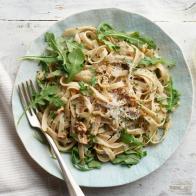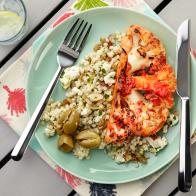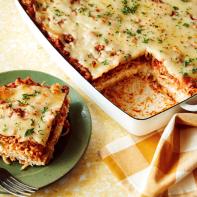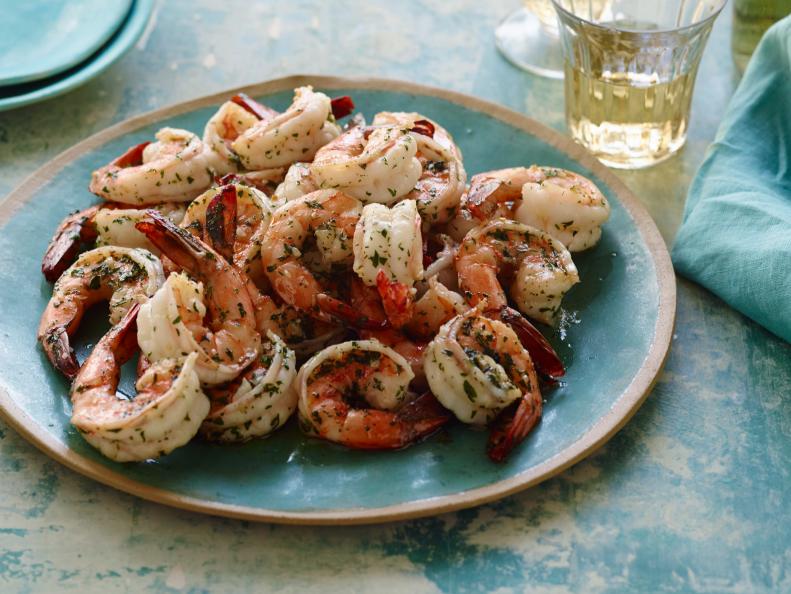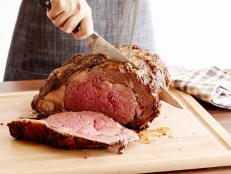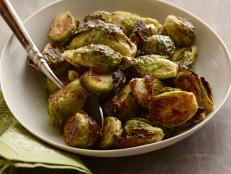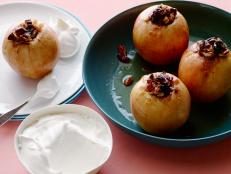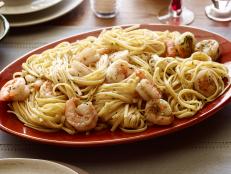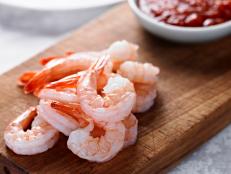1 / 6
Photo: Matt Armendariz ©
Quick-Cooking Shrimp
Shrimp are a crowd-pleaser and a great protein for any night of the week, because they cook up quick and can be used in all sorts of dishes. They come in a wide variety of sizes, ranging from small to jumbo. There are no hard-and-fast rules for sauteing — any size shrimp can be used.
By Mindy Fox
